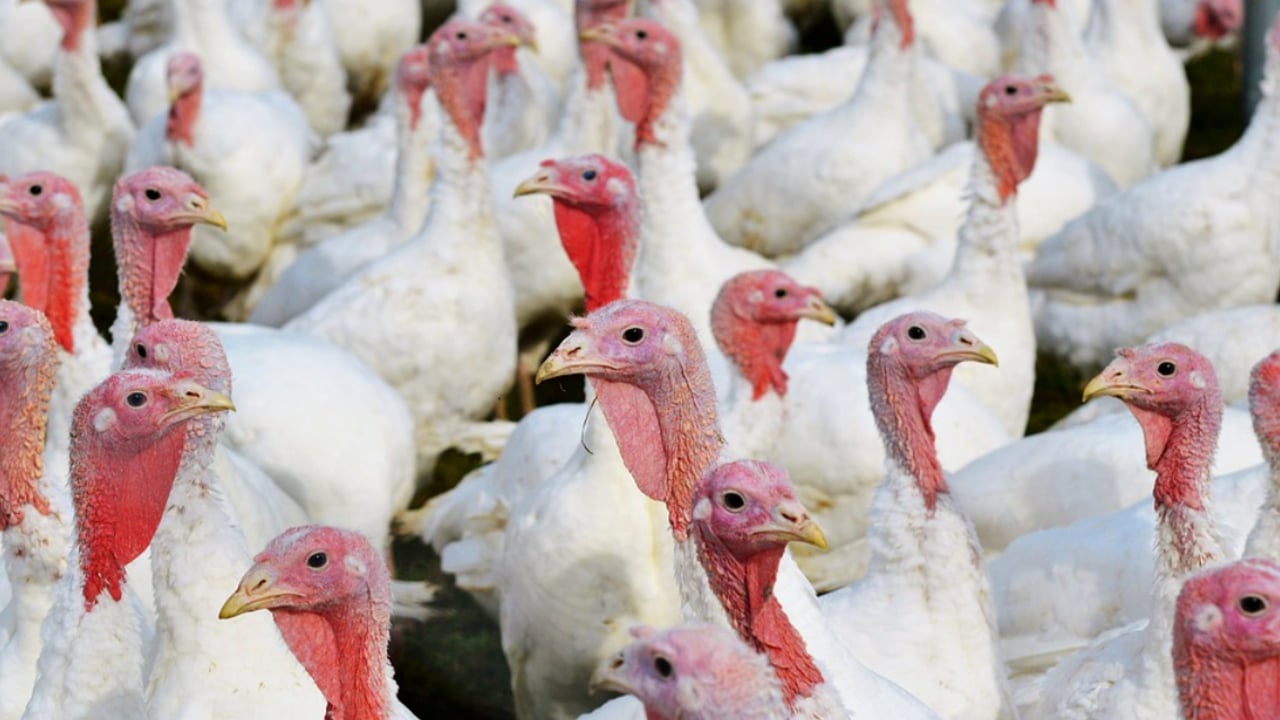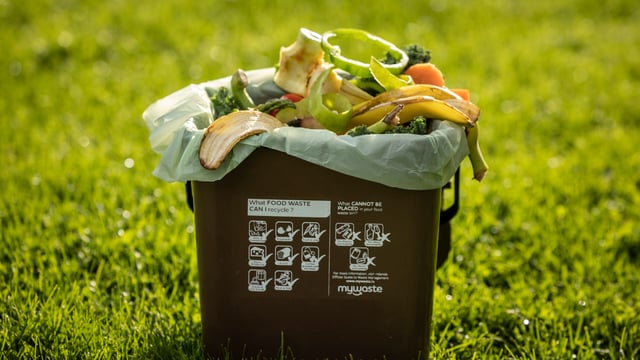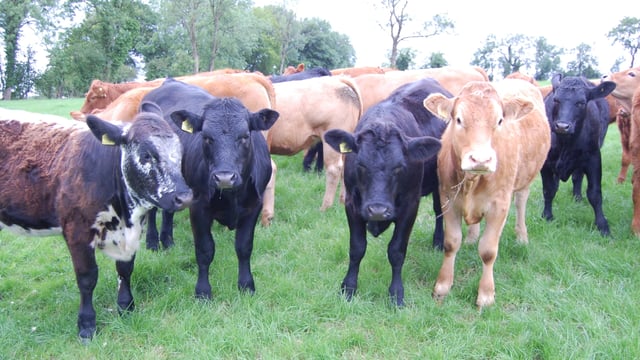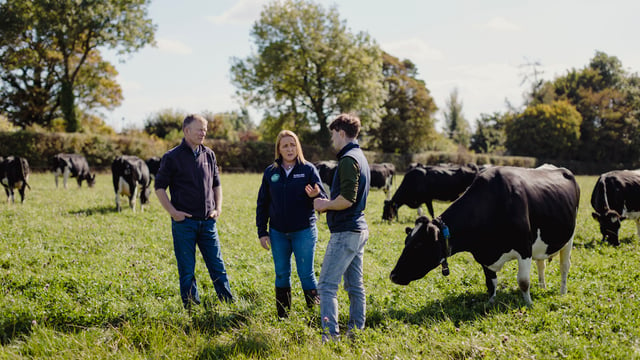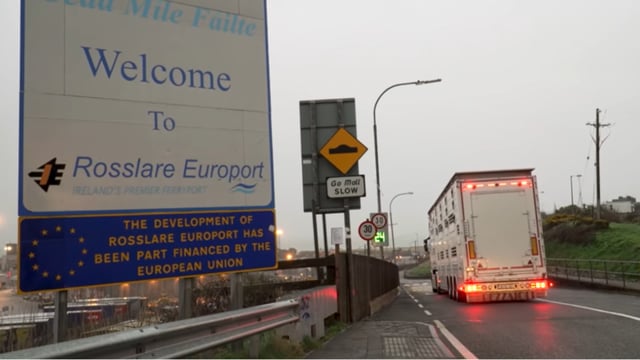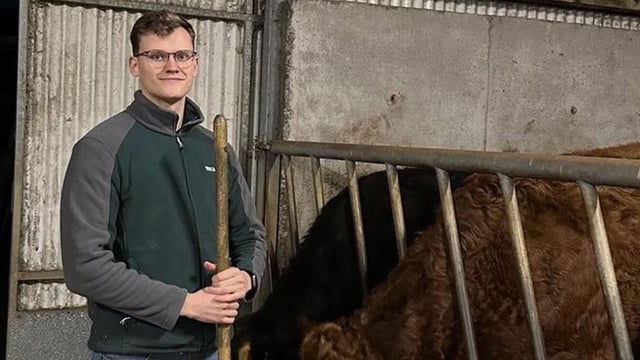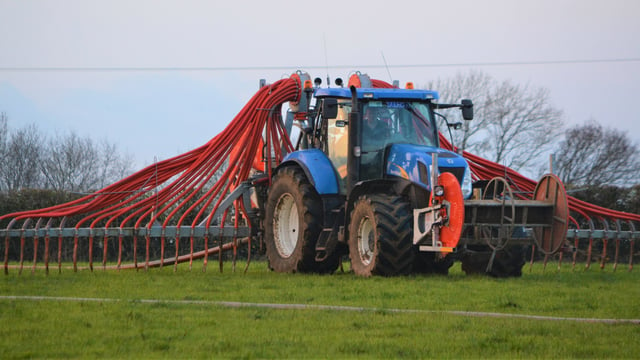An Bord Pleanála grants permission for poultry sheds in Donegal
An Bord Pleanála has granted planning permission, subject to revised conditions, for a poultry shed development in Co. Donegal.
The proposed development at Rann, around 3km from Letterkenny, involves the building of two poultry sheds with meal silos, effluent tanks, and associated site works, including the upgrading of existing access road.
The application, submitted by Rodney Black, also included a Natura Impact Statement (NIS).
The sheds on the 2ha site would be 91m in length and 18m wide and would accommodate a maximum of 19,860 turkeys, with an average of 15,000 birds.
Appeal
In September 2023, Donegal County Council decided to grant permission for the development, subject to 23 conditions.
This decision was appealed to An Bord Pleanála by Andrew Cassidy and others in the local area, who included a petition signed by 20 individuals.
The appeal highlighted that planning permission was previously refused for a similar development at the site, while another application was withdrawn.
Among the grounds for the appeal was that the proposal would create noise pollution from the plant itself and from increased road traffic.
It stated that the access road is a narrow undeveloped laneway that is unsuitable for heavy duty vehicles, while increased traffic would give rise to safety concerns.
The appeal stated that the proposal would result in air pollution, with the impact of ammonia triggering respiratory problems.
The appeal outlined that the development site is an area of "swamp-like wetland" which is the source of the Rann Stream that enters the River Swilly at Oldtown.
It was also stated that adjacent homes are too close to the proposed development site.
In response, the applicant said the proposal is an agricultural development and is specifically suited to a rural area such as this one.
The existing farm comprises around 25ha with a cattle enterprise.
It was stated that there will be no odour/ammonia associated with manure from the poultry operation as it will be moved off site. Ammonia emissions modelling was completed as part of the NIS.
It was added that activities on the farm will comply with the Good Agricultural Practice for Protection of Waters Regulations.
The applicant said the only soiled water that would arise will be associated with the washing down of the house and concrete apron around three times per year.
The applicant added that measures have been put in place for the collection and management of this soiled water.
In relation to noise, it was stated by the applicant that houses are sufficiently set back from the proposed site.
The response also said that the applicant is required to complete the sightline upgrade works on the access road before the proposed development begins.
The applicant stated that shortcomings of the previous applications on site have been considered, reviewed and addressed.
An Bord Pleanála
An Bord Pleanála found that the proposed development, by itself or in combination with other plans or projects would not adversely affect the site integrity of the Lough Swilly Special Area of Conservation (SAC) and the Lough Swilly Special Protection Area (SPA).
It decided that the proposed development would not have an adverse visual impact and would not seriously injure the amenities of the area or of property in the vicinity by way of odour or noise nuisance.
The board also found that the development would not be prejudicial to public health and would generally be acceptable in terms of traffic safety and convenience.
The board granted permission subject to 21 conditions, including that the development should house no more than 20,000 birds.
"Removal or disposal of effluent and cleaning of poultry houses shall be undertaken in such a manner to reduce impacts from odour or noise to prevent nuisance to premises in the surrounding area," the board said.
A detailed odour and waste management plan for the development will also have to be agreed with the county council.
Specified times for truck movements to and from the site, along with building works were also outlined.
The board said that archaeological monitoring shall be carried out during excavation works and an exclusion set up around an adjacent ringfort.

